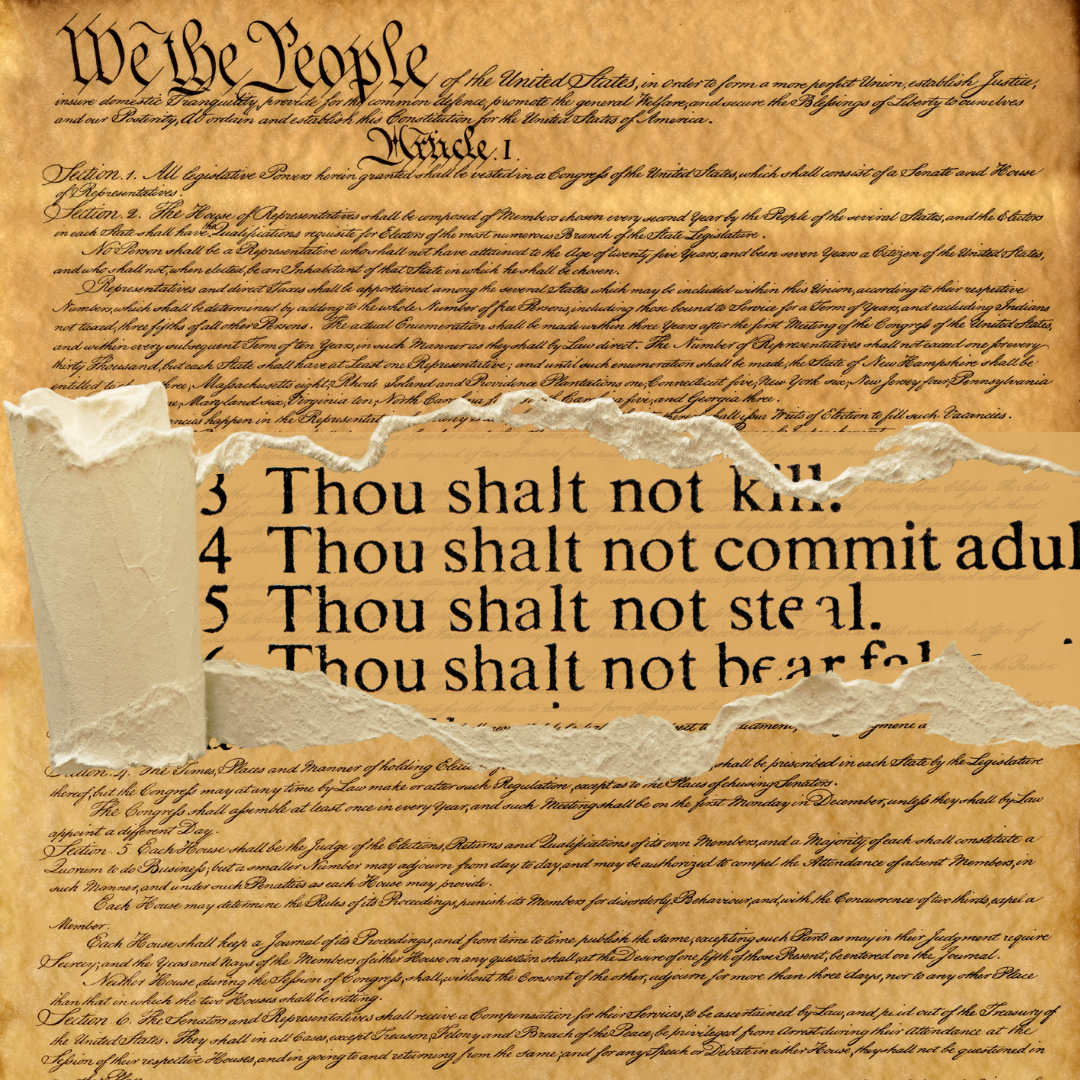Why some Halloween costumes are offensive
It is not uncommon for me to scroll down my Twitter feed every mid-to-late October and squint in distaste at my phone screen. Nine times out of 10, it is because I see Halloween costumes that are culturally insensitive.
Given all of the social strides and awareness being brought to issues via social media and the internet, one would think that education about cultural appropriation would have spread around, but alas this is not true.
Perhaps information has spread and people simply just do not care that they are representing an offensive stereotype or caricature of someone’s culture. However, I am going to give people the benefit of the doubt and explore this topic from the view that most people are just ignorant to their cultural offenses.
Given that Halloween is in two weeks and people will be deciding their costumes, let’s examine some of the more popular culturally insensitive costumes and discuss why you should shy away from them this Halloween season.
First, the Oxford dictionary defines cultural appropriation as “the unacknowledged or inappropriate adoption of the customs, practices, ideas, etc. of one people or society by members of another and typically more dominant people or society.”
[mks_pullquote align=”right” width=”300″ size=”24″ bg_color=”#cecece” txt_color=”#0a0a0a”]“You cannot dress up like an ethnicity or culture; it’s not a costume when it is really someone’s way of life.”[/mks_pullquote]
Now, let us begin with the most recent trendy offensive costume: the sugar skull. Sugar skulls are an important component of the Mexican holiday of Día de los Muertos, or Day of the Dead, and this tradition has a beautiful history behind it.
The tradition dates back to early Mesoamerican societies who believed in spiritual life after death, and the skulls were offerings to the god of the underworld to assure safe passage into his land. Today, the skulls are put in altars, or “ofrendas,” for deceased loved ones. They are colorful because the culture thinks of death as a celebration and not a sad and depressing transition.
Next on our list is the “Gypsy” costume. Let us first start out by addressing the fact that the term “Gypsy” is a derogatory one and the correct term is Romani. So, for one, just the title is offensive. Also this costume usually presents a hypersexualized depiction of a Romani woman. This costume is a big “no no” and should come to an end.
An additional popular choice that has lasted through the ages is the “Sexy Indian princess.” I’m not quite sure what it is with costume companies hypersexualizing ethnicities, but I know that it is wrong. Research shows that the depiction of Native Americans as mascots and sexualized Pocahontas types lowers the self esteem of young Native kids because it is reflective of the crooked view the broader population has of them.
You cannot dress up like an ethnicity or culture; it’s not a costume when it is someone’s way of life. Especially given the fact that America treats their indigenous people horribly and has erased their visibility, their rights and their voices.
“Geishas” are another popular and offensive costume that should not be worn. “Geisha” is a Japanese term that means “person of art,” and they are women who are highly trained in dance, music and entertainment. Somehow the West translated that into prostitute and has been presenting costumes that reflect this misconception.
If you’re still wearing black face in 2019, yikes. However, there are a few other culturally insensitive or appropriative things in regards to black people that should not be worn as a costume. A “Rasta man” is not a costume. Rastafarianism is a religion, a way of life and a culture that deserves respect and should not be degraded to a Jamaican flag colored cap with dreadlocks hanging out of it.
Anything depicting a “sheikh” a “snake charmer” or strapping a bomb to your chest with a turban on your head should be avoided at all costs. This is disrespectful to many Middle Eastern ethnicities and disrespectful to the Muslim faith.
Bollywood stars should also be left out of your costume lineup. While Bollywood is popular globally, parading around in traditional Indian garments and bindis is unacceptable.
For a lot of the costumes mentioned, they are only one facet of a culture, a trope, and they narrow the world view of diverse cultures to one specific thing. Some of the other examples of appropriation are stealing beautiful traditions and popularizing them, but giving the source no credit and ignoring the meaningful histories behind them.
Moreover, hypersexualizing peoples’ cultures is disgusting. It trains peoples’ minds to view people from certain cultures a certain way and strips them of respect. Hypersexualizing Native women with these costumes is especially dangerous since Native women experience the highest rates of sexual violence out of any ethnic group in the United States.
There is more to cultural appropriation than just Halloween costumes. However, I hope that this serves as a helpful guide on how to not be a jerk this Halloween.
If you are interested in learning more about the ins and outs of cultural appropriation join the Black Student Union Oct. 9 from 5:30-7:30 p.m. in Forum Theatre.














































Mike Duffy '65 • Oct 16, 2019 at 12:40 pm
I had a costume made for me to be a twin of my dog and we went out with the kids for years. Also, I rarely get to wear my doctoral robes, so…..There are so many creative costumes that get laughs and offend no one. Please no Jesuits and scantily clad nuns.